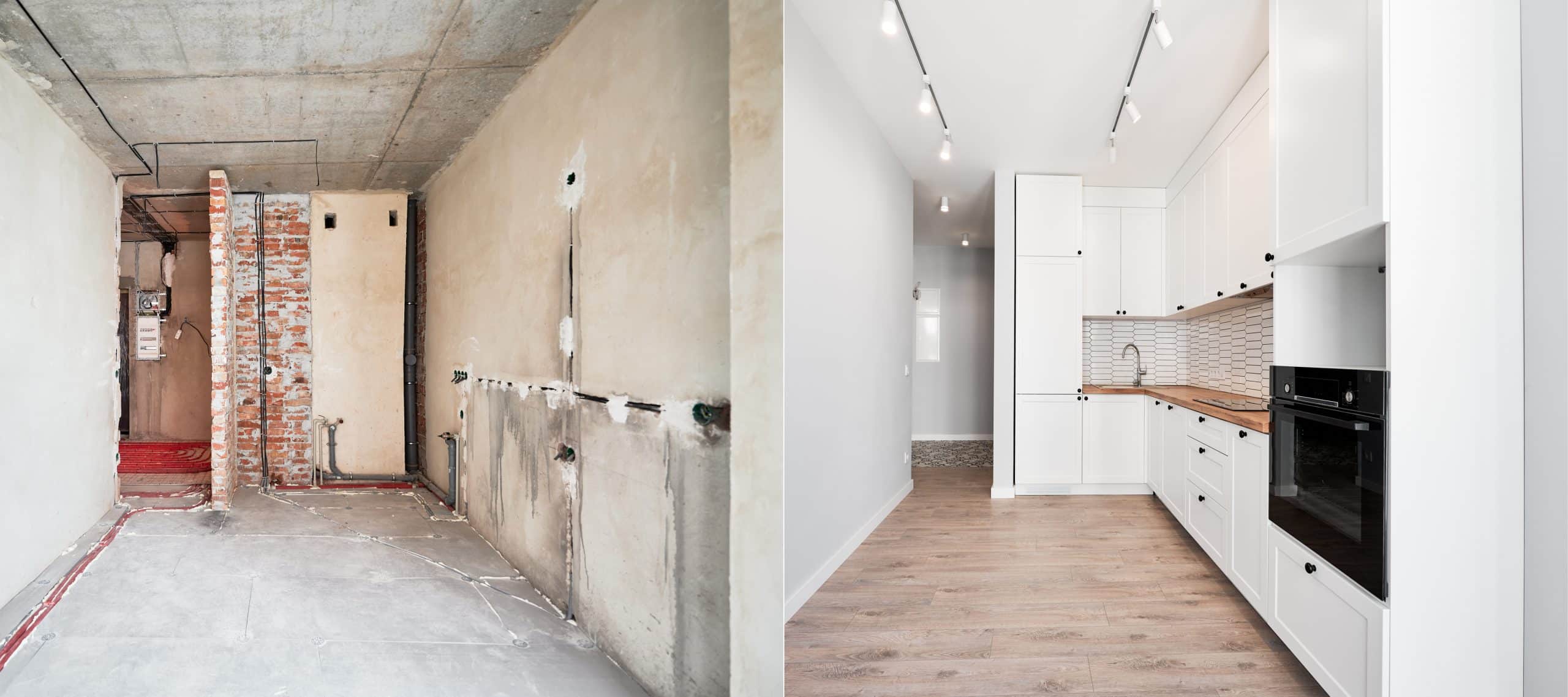What specific steps should a UK-based home renovation company take to comply with Building Regulations Part L?

To embark on a construction project or home renovations, you must first understand the building regulations that apply. This is especially important for UK-based companies intending to work on existing buildings. One of these regulations is the Building Regulations Part L, which is primarily concerned with energy efficiency. This article will shed light on the key steps you need to take to ensure compliance with these regulations.
1. Understand the Scope of the Regulations
Before you begin any construction work, you need to understand the scope of the regulations. Part L of the Building Regulations focuses on the conservation of fuel and power in new and existing buildings. It aims at reducing the carbon emissions of buildings and improving energy efficiency.
A voir aussi : How to ensure a UK-based drone delivery service complies with aviation and privacy laws?
This part is divided into four documents:
- L1A: New dwellings
- L1B: Existing dwellings
- L2A: New buildings other than dwellings
- L2B: Existing buildings other than dwellings
Regardless of the nature of your project, whether it's a new build or renovation, one of these documents will apply. You need to study the relevant document carefully and understand what it requires of your construction project.
Avez-vous vu cela : What detailed measures should a UK consultancy adopt to secure client data?
2. Incorporate Energy Efficient Design
To comply with these regulations, energy efficiency should be at the heart of your design process. The design should minimize energy loss and promote the use of renewable energy.
Here are some recommendations:
- Insulation: As much as possible, you should try to maximize insulation in your building design. This includes walls, roofs, windows, and doors.
- Heating system: Consider incorporating a heating system that uses renewable energy.
- Lighting: Make use of natural light and choose energy-efficient lighting solutions.
Remember, your design will have to be approved before the construction process begins. So, you need to ensure that it meets the energy efficiency requirements outlined in Part L of the Building Regulations.
3. Follow the Approved Document
Once you've understood the regulations and designed your building for energy efficiency, you should follow the Approved Document that applies to your project (L1A, L1B, L2A, or L2B).
The Approved Document provides practical guidance on how to comply with the building regulations. It details the technical requirements and demonstrates how they can be met in common building situations.
By following the guidance provided in the Approved Document, you can ensure that your construction work complies with the regulations.
4. Inspections and Control Measures
Compliance is not just about understanding and adhering to the regulations. It also involves inspections and control measures during the construction process.
A building control body, either from your local authority or a private approved inspector, will need to inspect the work at various stages. They will check whether the work complies with the Building Regulations, and in particular, whether it meets the standards of energy efficiency required by Part L.
Therefore, you need to schedule these inspections at the appropriate times and cooperate with the building control body. If they find that the work does not comply, you will be given a chance to correct it.
5. Completion and Compliance
Once the construction work has been completed, the building control body will issue a certificate of completion. This certificate confirms that the work has been carried out in compliance with the Building Regulations, including Part L.
However, compliance doesn't end with the completion of the construction. You need to ensure that the building continues to be energy efficient in use. This includes regular maintenance of the building's systems and components to ensure they continue to perform effectively.
In summary, to comply with Building Regulations Part L, you need to understand the regulations, design for energy efficiency, follow the Approved Document, cooperate with inspections and control measures, and ensure ongoing efficiency in use. By taking these steps, you can ensure that your construction project not only meets the regulations but also contributes to a more sustainable future.
6. Document Compliance with Part L
To complete the compliance process, you need to document all the steps taken to meet Part L requirements. This includes collecting photographic evidence of the construction process, showcasing energy-efficient design, insulation, heating system, and lighting. Be thorough in recording the materials used and the construction techniques applied. You should also document the approval stages with the building control body.
This documentation will be beneficial in cases where your compliance with Building Regulations Part L comes into question. It will also serve as an essential reference for your company in future projects.
Furthermore, if you plan to sell the property or lease it out, this documentation can provide potential buyers or tenants with proof of energy efficiency. It can even potentially increase the value of your property as energy-efficient properties are increasingly sought after.
7. Ensure Ongoing Compliance
Meeting the initial Part L compliance doesn't mark the end of your responsibility. Ensuring ongoing compliance with Building Regulations Part L is equally important. This means that the building needs to continue operating in an energy-efficient manner long after the construction or renovation work has been completed.
To achieve this, regular maintenance of the building's key energy-efficiency components, such as insulation, heating systems, and lighting, is crucial. It's also essential to review the building’s energy consumption and carbon emissions regularly.
Remember, ongoing compliance with Part L is not only about maintaining energy efficiency but also about adapting to changes in technology and regulations. Therefore, as a responsible UK-based home renovation company, you should strive to stay updated with new developments in energy-efficiency technologies and changes in building regulations.
Conclusion
In conclusion, complying with Building Regulations Part L is a multi-step process that requires a thorough understanding of the regulations, careful planning and designing, cooperation with building control bodies, diligent documentation, and commitment to ongoing compliance. As energy efficiency becomes a more significant aspect of building work, compliance with Part L is crucial for any UK-based home renovation company.
By taking these steps, not only can a company ensure its projects are compliant, but it can also contribute to the broader goals of reducing carbon emissions and promoting sustainability. Building Regulations Part L compliance, therefore, doesn’t only protect your business from penalties or violation notices but also positions it as a leader in the growing trend towards energy-efficient construction.
